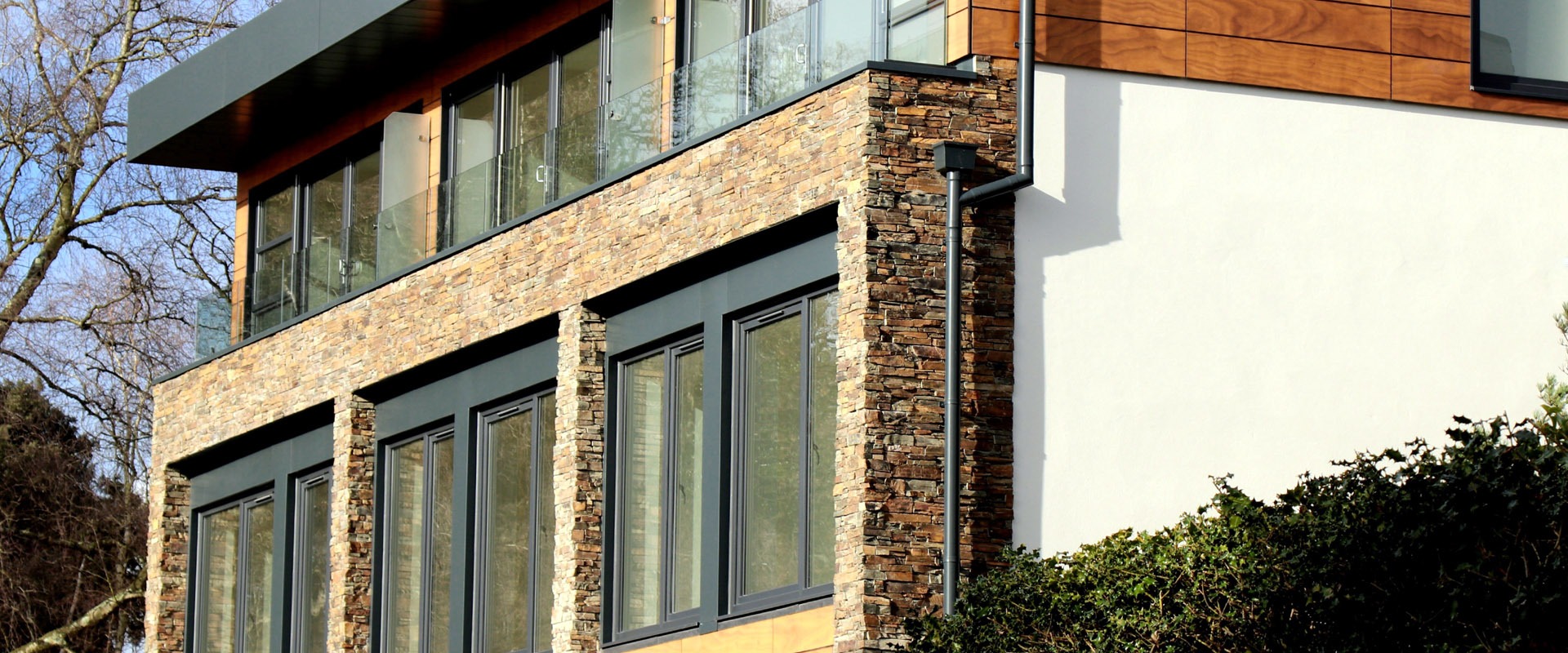Q: How do I know my building needs tuckpointing?
A: Look closely at your masonry wall. If you notice voids, cracks, crumbling mortar or uneven areas of mortar, chances are you need tuckpointing. Tuckpointing is typically needed after 25-30 years of exposure to the elements.
Q: Why is my brick crumbling or flaking?
A: As brick ages it will start to retain moisture. When moisture penetrates the outer layer of brick (substrate) and freezes, it will expand. This expansion is what causes the brick surface to “pop”, or spall. It is a very common problem here in the Midwest. The only way to repair the brick is to replace it with a new masonry unit.
Q: What is the white powdery surface deposit on my brick and mortar?
A: Any moisture within the brick will react with the salts inside. As the moisture evaporates, salts will crystallize on the surface, creating white efflorescence. Effloresence is seasonal and will dissipate on its own, but may reoccur. It can be temporarily halted with a mild muriatic acid solution.
Q: Can my existing mortar color be matched?
A: The existing mortar color and profile can be matched (approximate 90% accuracy) through careful manipulation of color additives. Newly applied mortar will appear sharper in color because it hasn’t had a chance to weather and oxidize.
Q: I have noticed a “bubble” or “bowing” in my brick wall. Why is this happening?
A: When water works its way inside a wall through defective mortar joints, it can settle in between the inner and outer wythes causing it to deflect at its weakest point. The only way to fix the displacement is to dismantle and rebuild the damaged area back to a structurally sound condition.
Q: My brick is very dirty – can it be cleaned?
A: Atmospheric dirt, carbon, mold and algae can all be removed through chemical cleaning or powerwashing. The color, texture, and type of brick can all affect the degree in which the brick will clean.
Q: Will waterproofing help protect my brick?
A: A good waterproofing agent will reduce the ingress of water and water-born contaminants It will also curtail the deteriorating effects of these contaminants such as steel membrane corrosion, spalling, efflorescence, leaching and staining. Waterproofing is highly recommended on sandblasted brick or any other porous substrate.
Q: I have noticed cracks on my wall at the top corners of my windows. Is it something serious or I can just have them tuck pointed?
A: Cracks on the top corners of windows inset in brick walls are sign of corroding lintels. Lintels are masonry structural elements that support the weight and stress of the brickwork above a window unit. They diverts stress off of the window frame. Lintels are made of steel and thus subject to corrosion. Cordding steal expands and applies pressure to its masonry surroundings. In some cases lintel corrosion may lead to serious structural problems and extensive damage. It is recommended to replace corroded lintels, preventing any such damage.

